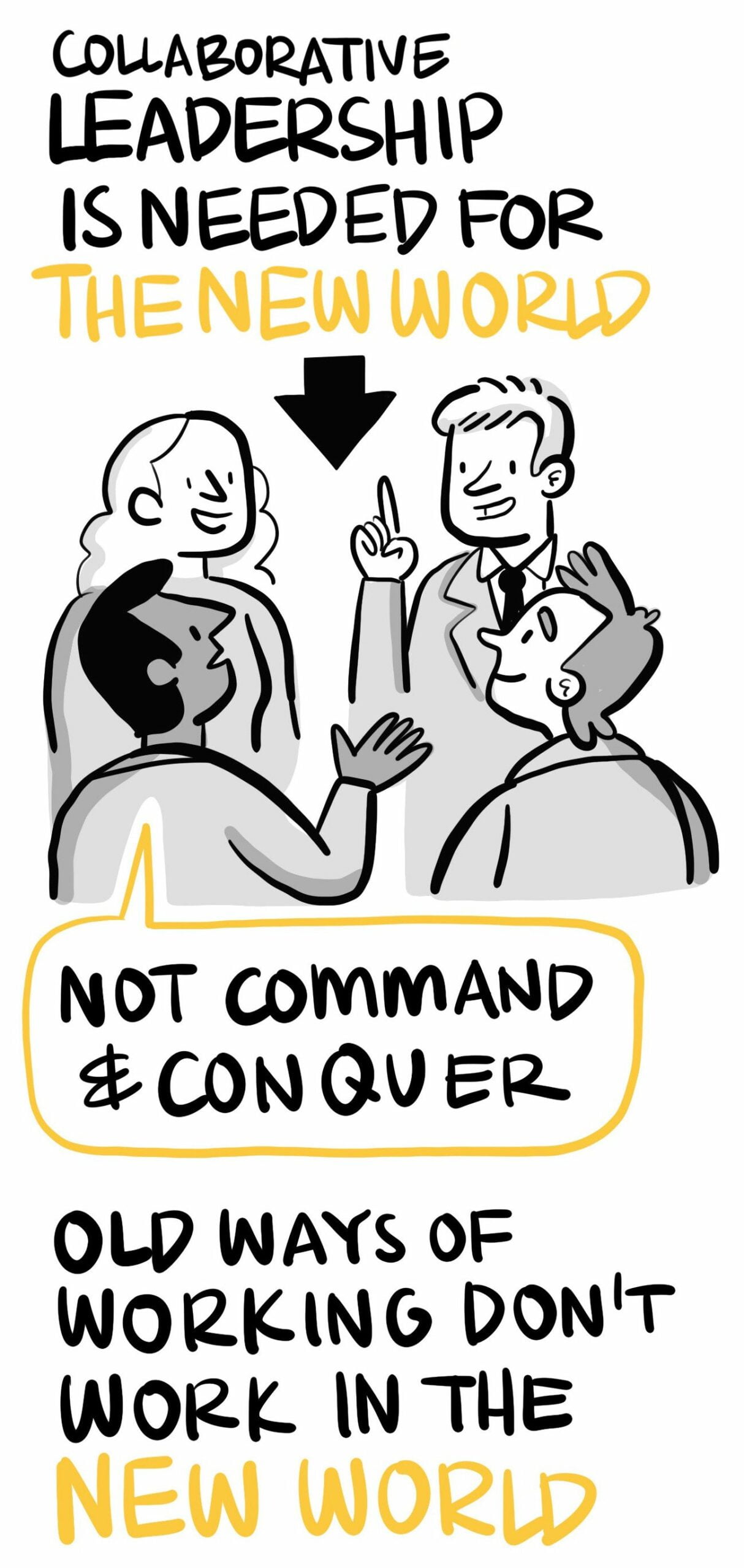AI can automate routine tasks, freeing up resources for creative and high value activities. But the enormous creative output of platforms like TikTok can add another layer of complexity to brands in terms of staying relevant and boosting engagement. The ideal: to leverage AI to enhance customer experience; optimising search, dealing with language challenges, tackling evolving customer expectations, and understanding nuance and intent to provide a more personalised customer experience
In a nutshell…
- The role of the website extends beyond product showcasing, emphasising its function as a data provider to marketing channels
- The evolving nature of search and merchandising requires a shift in focus from products to customer journeys
- The critical importance of data foundation: the success of AI is tied to the quality and structure of available data
- The challenges in replicating in-store experiences online highlight the complexities of personalisation, especially in diverse product ranges
- Experimentation is essential in the AI journey, with a willingness to try and test new approaches, acknowledging that failure is a stepping stone to improvement
- The integration of AI should be a strategic decision, considering factors like data readiness, change management, and the unique challenges posed by the target audience
A closer look…
AI in product discovery
The challenges of customer experience in fashion, where customers may be uncertain about exactly what they want, was discussed at length. Navigating the journey of natural language processing was identified as a top priority for many of the brands taking part in the conversation.
When addressing the nuts and bolts of search functions, participants emphasised the role of well-written and search-optimised content. There’s still an important role for manual overlays on websites to ensure unique product descriptions, particularly when multiple teams are involved in generating them. The concern with AI adoption is that it could homogenise descriptions, making differentiation tricky within categories and even across brands.

In terms of social platforms, with TikTok getting several mentions, the opportunity for discovery is huge, but it can be easy for brands to lose control in the noise. Brands must compete to offer unique experiences to stay relevant, with automation used carefully to complement and support creative output rather than to replace it. With so many users and reviewers across social platforms, attribution and brand equity are only becoming harder to manage.
Still to do…
The battle for survival in a landscape dominated by user-generated content remains an opportunity and a challenge. There are also still big questions to resolve around AI usage: is your data strategy ready to support effective AI usage? How will you manage change across your business as new AI-led strategies roll out? Creating a change management strategy, getting team buy-in and re-calibrating your business to support AI-enabled output will require a significant amount of planning and management.
As brands grapple with evolving customer expectations, creating and supporting a seamless customer journey is still very much a work in progress. Supporting customers who lack clarity about their own needs and preferences becomes a language issue and being able to personalise and second-guess customer needs digitally is still a very fine art. Competing with the immediacy of social platforms or even simple Google searches, as well as the ever more pressing need to focus on brand strength, product quality and customer experience, means the pressure is being piled on to tech leaders as they attempt to unpick multiple challenges.



